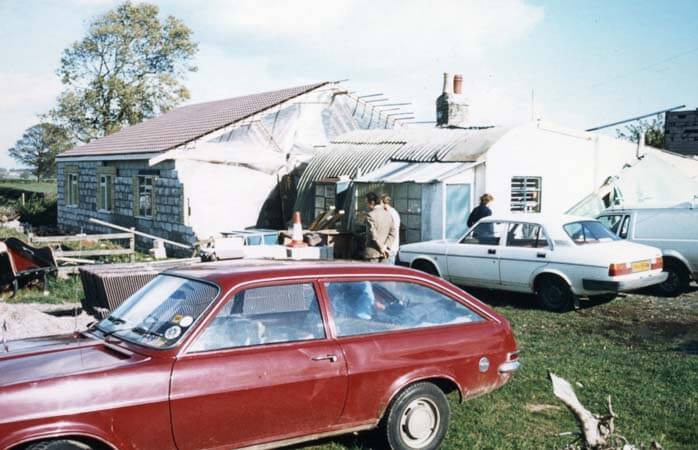

In 2006 the M.N.R.C. celebrated its centenary year. While much has changed from the original organisation it is still an active club with many of the original sections still operating at one level or another.
The M.N.R.C. began life as the Mendip Nature Research Club, formed on January the 2nd 1906, to study the flora, fauna, and archaeology of the Mendip Hills. The well known archaeologist Herbert Balch joined the club and 3 years after its formation became its second president. He pioneered cave exploration in Swildons and Eastwater Caverns, and many other caves in the Mendip area. On April the 29th 1907 a scheme of affiliation was agreed between the Mendip Nature Research Club and the Wells Natural History and Archaeological Society, though as a self governing body. The name became the Mendip Nature Research Committee (of the WNHAS).
In 1985 the Charity Commissioners confirmed charitable status upon the M.N.R.C. and fiscal links with the WNHAS were broken.
The club is run by its own management committee comprising the usual officers (Chairperson, Hon. Secretary, Treasurer, etc.), who are duly elected each year at the club's AGM. In addition to the management committee, the M.N.R.C. has a system of 'sections' for different interests. Typical sections are Archaeology, Astronomy, Caving, Geology, Ornithology and Photography.
More information on the history of the M.N.R.C. and caving on Mendip can be found in the Wells Museum. This museum was set up by the WNHAS and its first curator was HE Balch.
The MNRC library consists of around 600 volumes, most of which are caving related, though there are sections for Geology, Archaeology, Astronomy, Natural History and Botany.
We also have a large collection of maps, cave surveys, and various club newsletters and journals.
Non-members can contact the librarian for more information and access.
VIEW LIBRARY CATALOGThings have come a long way since The Old Hut. In 1980 it was decided that the old nissen hut which had been the base of the M.N.R.C. for a number of years was getting beyond repair. In 1983 the members set about building the New Station. The new Station has been built entirely by members of the M.N.R.C..
